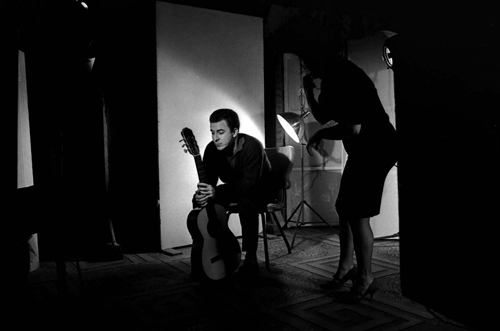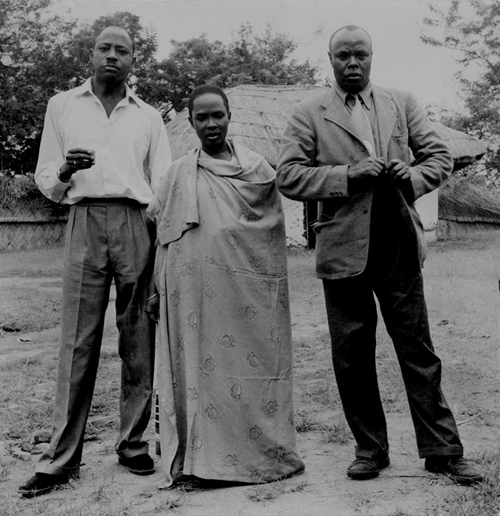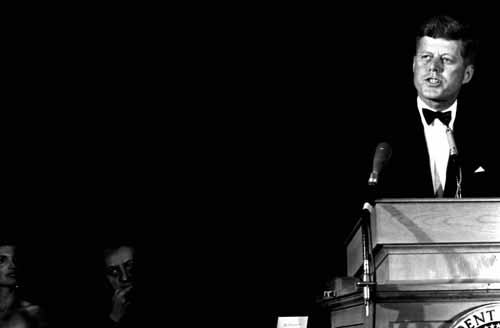Out of the many prominent motifs Alfred Hitchcock uses in his films, staircases are the key to understanding his view of the world. Coming from a lower-middle class family himself, Hitchcock uses stairs to indicate differences in societal class. In the 1927 film The Lodger, Ivor Novello’s character lives above the family who rents the house out, indicating to the audience that he is of higher societal stature than the rest of the family. The lodger’s class is also indicated when he purchases a very expensive dress Daisy, the landlady’s daughter, models for him. The viewer must pay careful attention to visual clues, like the staircase, which hint at the lodger’s class in Hitchcock’s early silent films.
Then, adding sound, in his 1929 film Blackmail, Hitchcock uses an elaborately created staircase set design to show their important significance. In this film, the stairs to Crewe’s apartment are like venturing into another world, where everything delves into chaos. Hitchcock shows us the long walk up with Alice and Crewe using a side angle, and then Alice’s lone journey back into the real world after she has defended herself against Crewe. Hitchcock gives us a downward view of Alice running down the staircase, an angle which he will be known for in his 1958 film Vertigo.
Overall, in Hitchcock’s films, stairs are a tool to build suspense and dramatic effect, and to symbolize a journey for the characters.






































